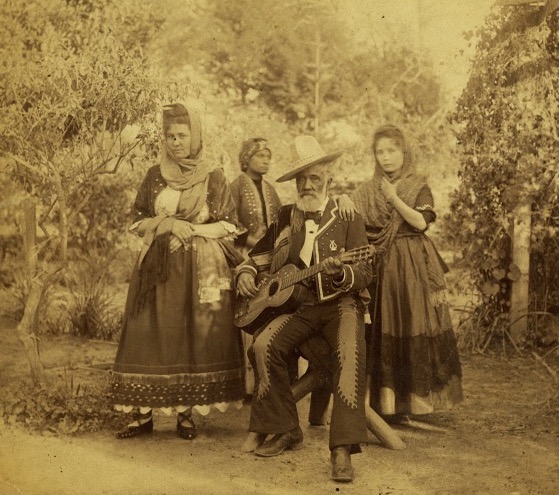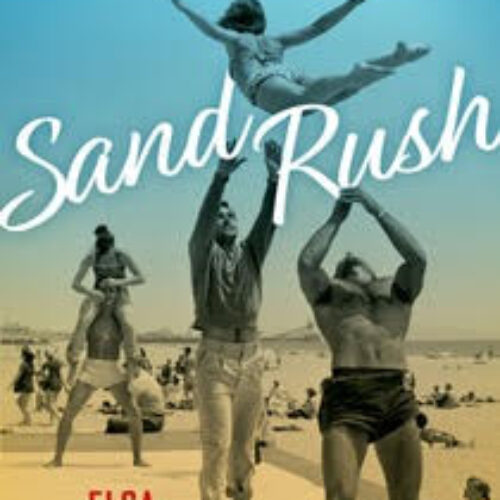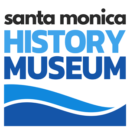Pop-Up Exhibition

Telling Stories of Mexican California: Real Life and Myth Making
2024
June 23 – August 18
Admission for this exhibition is FREE
In the second half of the nineteenth century, after the United States had wrested control of California from Mexico, there was a desire to tell the state’s story. Tremendous change had come rapidly—in the span of eight decades, California had been the territory of Native Americans, Spain, Mexico, and ultimately the United States. People from different backgrounds sought to record and disseminate their accounts of California’s past. Of course, the creators of books, plays, promotional campaigns, family albums, and other media viewed California’s history through the lenses of their own experiences and chose to present narratives that suited their purposes.
One of the most pervasive interpretations of California’s history painted a romantic picture of a bygone era of idyllic ranchos where dons and doñas enjoyed lives of abundance. Just visible at the periphery of this pastoral tableau were Franciscan missionaries and Native laborers. The “Spanish fantasy past,” as these constructions became known, was largely fabricated by white American boosters to encourage other newcomers to visit or settle in California. Ironically, it was the foreignness of California’s Spanish and Mexican history—an unsettling feature to US citizens from the East and Midwest—that promoters reconfigured into a charming regional identity.
People of Spanish Mexican descent also mythologized California’s past as a means of exerting authority over their own history. Others documented events as they were happening or worked to counter emerging narratives. By telling their own stories, they helped ensure their place in California’s future as well as its past at a moment when the Spanish-speaking community faced a loss of power and status, legal challenges to their land, discrimination, and violence.
This exhibition broadly outlines California’s history leading up to statehood as a backdrop to the factual and fictional stories that emerged after the US takeover. It considers individuals and families of Spanish Mexican descent who told their stories, and looks at some of the early narratives that helped create an enduring California mythos.
Presented in partnership with the California Historical Society and Exhibit Envoy.
IMAGE: California Historical Society, photographer unknown. Albumen print. 1887.
Special Events

Sand Rush: The Revival of the Beach in Twentieth-Century Los Angeles
2024
Saturday, May 11, at 2:00 PM

